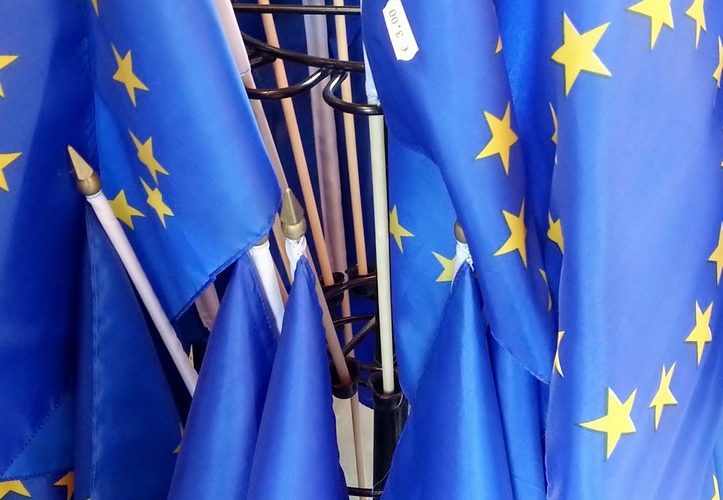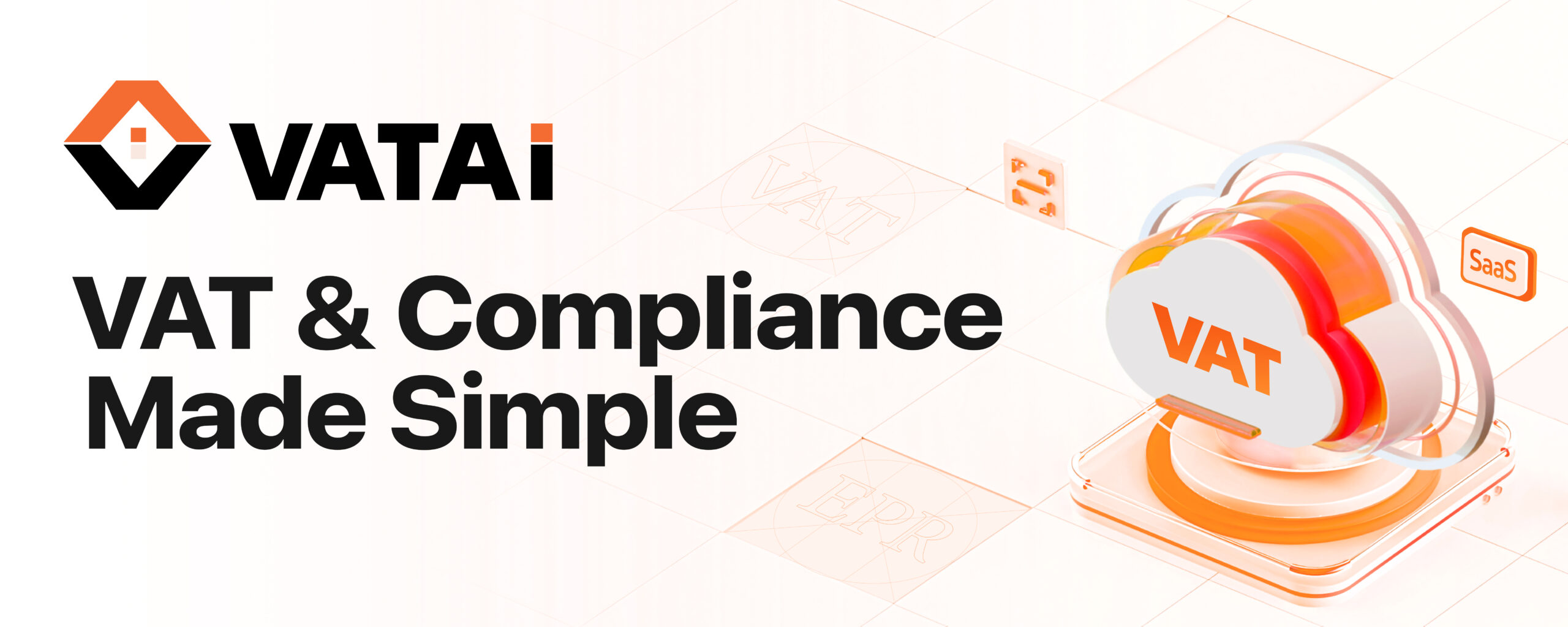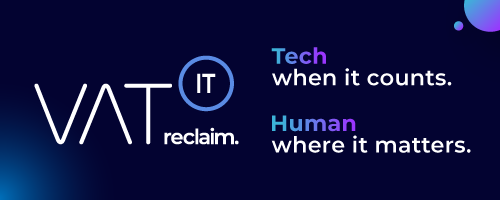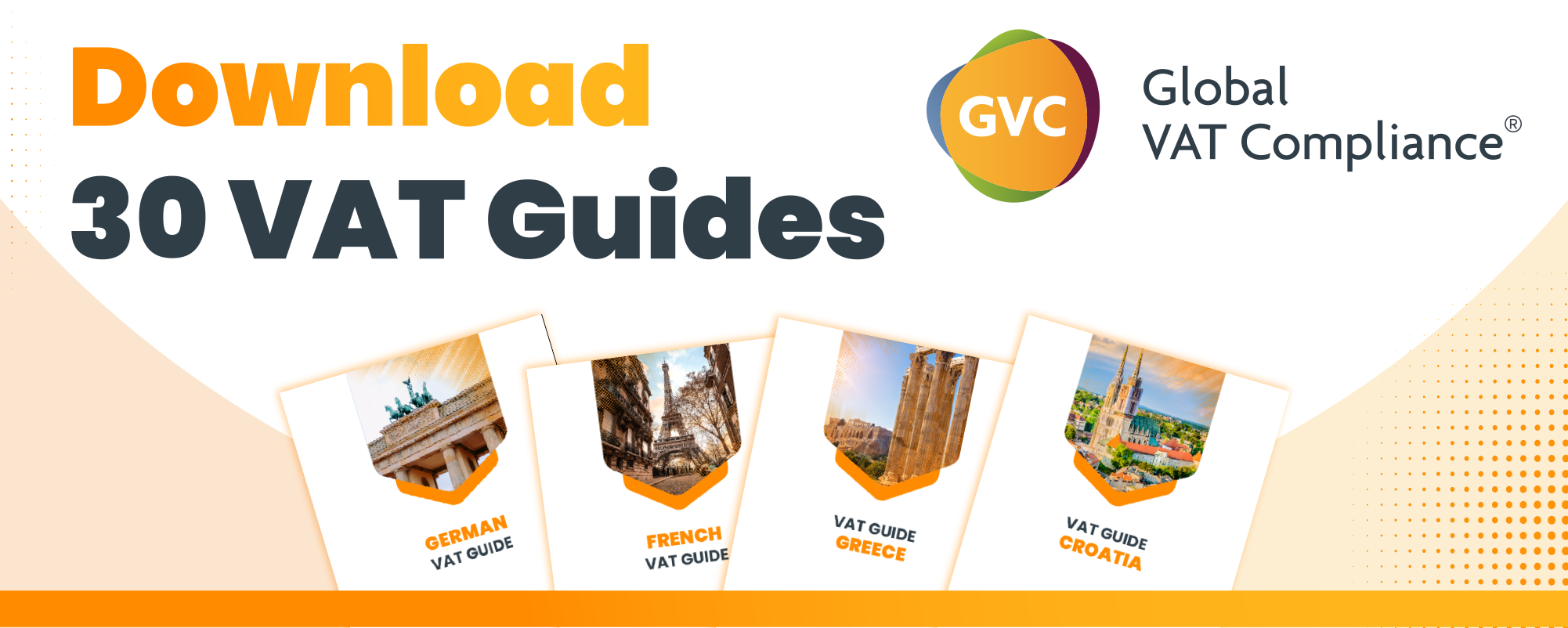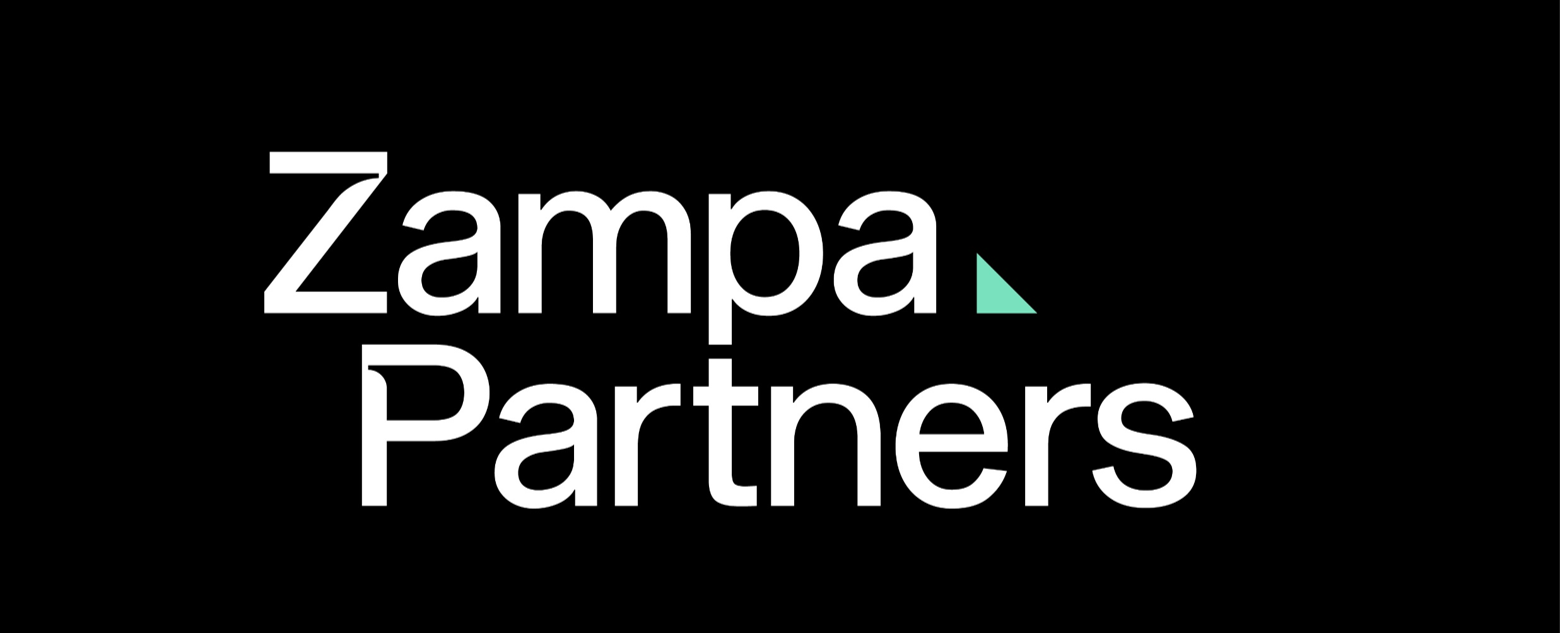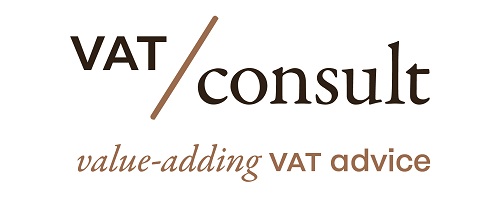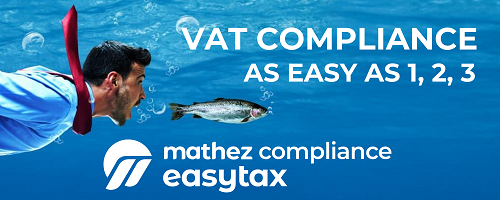CBAM, or Cross Border Adjustment Mechanism, is a proposed policy tool for reducing the carbon leakage that could occur if countries implement carbon pricing policies. The carbon leakage refers to the situation where companies shift their production to countries with less stringent environmental regulations to avoid paying for carbon emissions in their home countries.
Under CBAM, imports would be subject to a carbon border tax that reflects the carbon footprint of the products being imported. This would level the playing field for domestic producers who are subject to carbon pricing policies and prevent carbon leakage. The CBAM would also incentivize producers in other countries to reduce their carbon footprint in order to avoid the tax.
The European Union (EU) has been a major proponent of the CBAM, and in July 2021, the EU proposed a CBAM as part of its “Fit for 55” package, which aims to reduce the EU’s greenhouse gas emissions by 55% by 2030. The EU’s proposed CBAM would cover a wide range of products, including steel, cement, and fertilizers, and would be phased in gradually over several years.
However, the CBAM has also been met with criticism from some quarters, particularly from developing countries who argue that it could be used as a form of protectionism by developed countries. Some also question the practicality of implementing a CBAM and worry that it could lead to increased trade tensions and conflict.
Overall, CBAM is an important policy tool that could help address the challenges of carbon leakage and incentivize global efforts to reduce greenhouse gas emissions, but it is also a complex and controversial issue that requires careful consideration and debate.
See also
- For all newsitems on CBAM, click HERE


